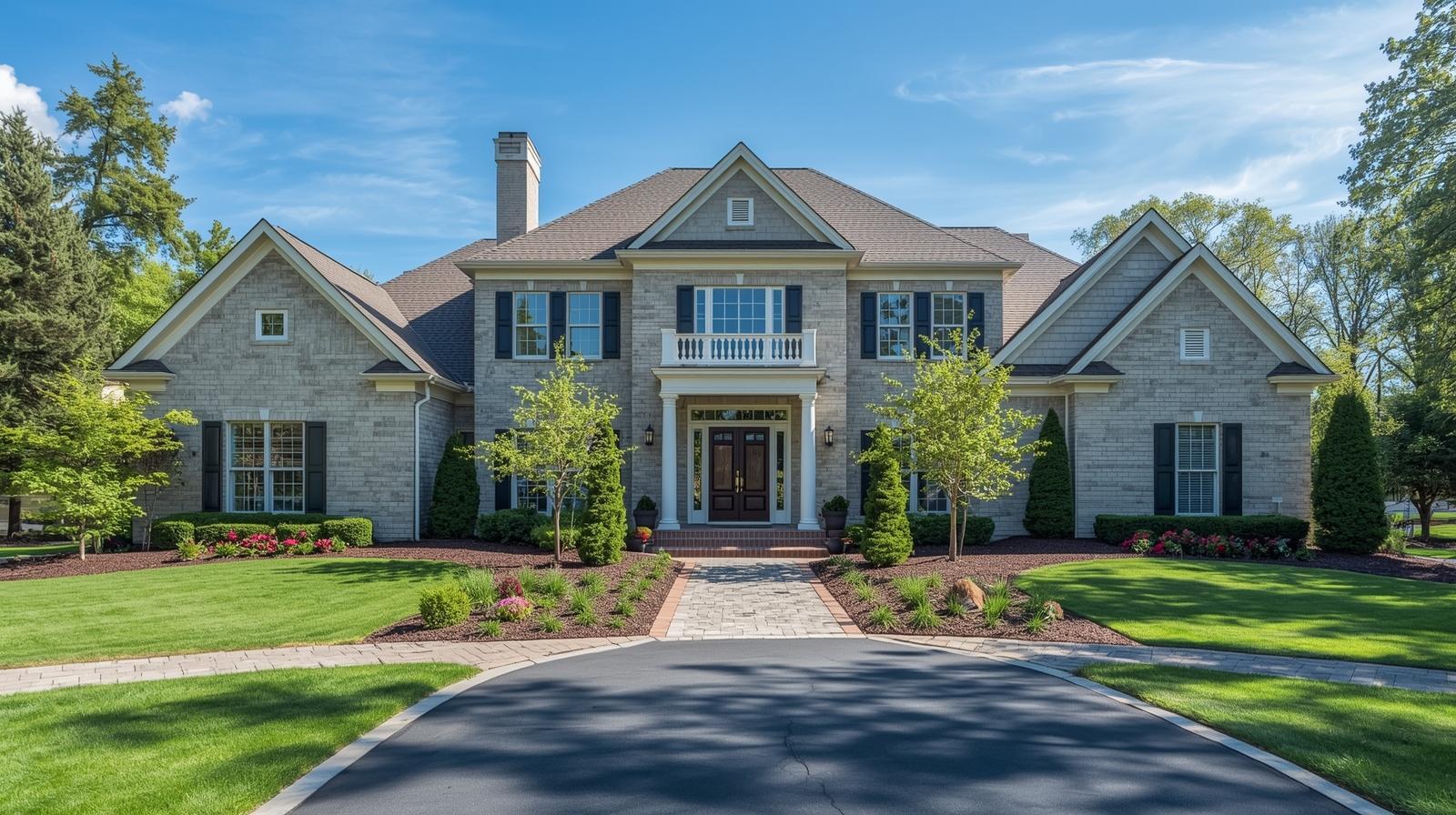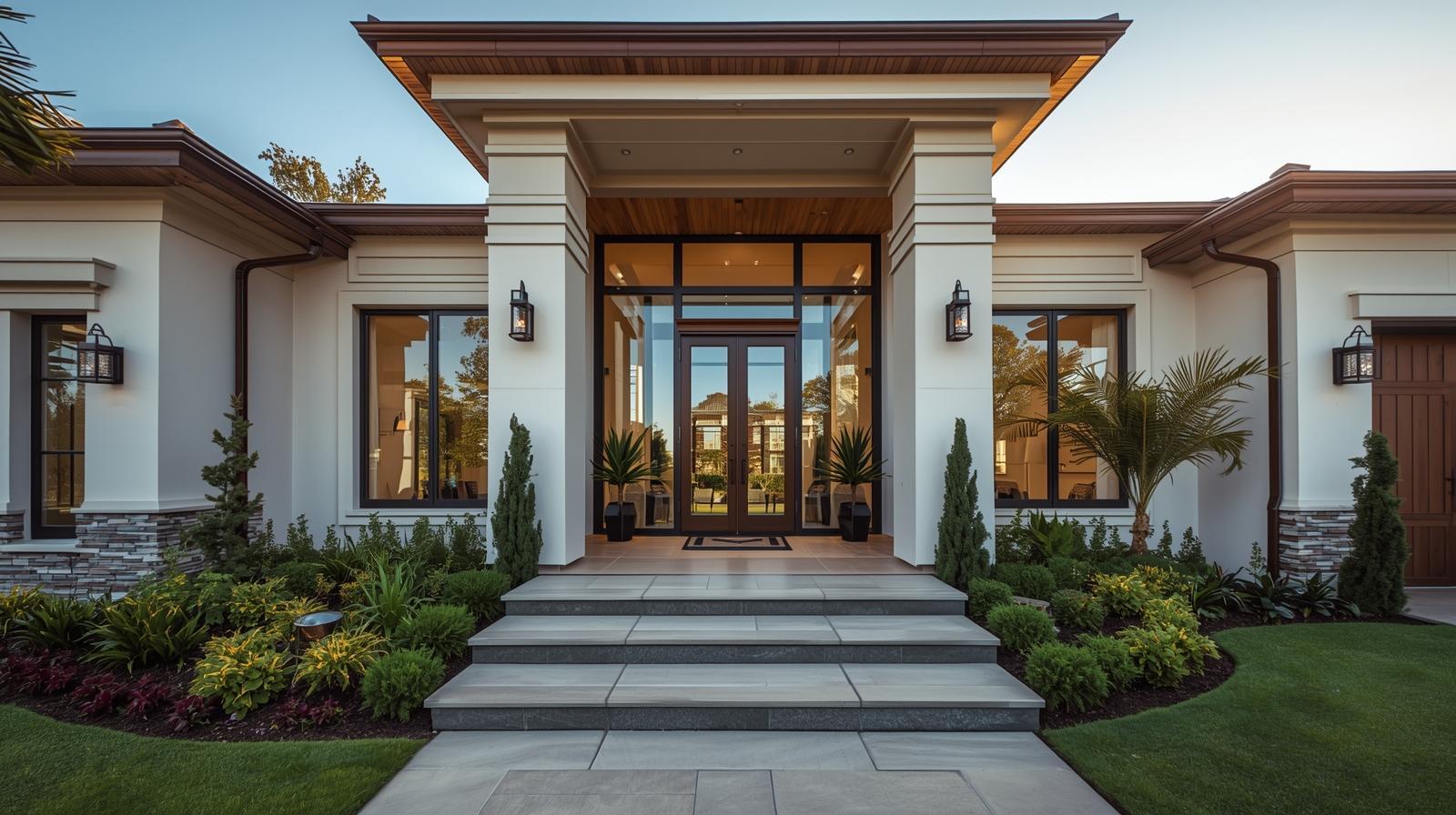Steep Drop In Mortgage Lending Continues Across U.S. In Third Quarter
IRVINE, Calif. – Nov. 17, 2022 — ATTOM, a leading curator of real estate datanationwide for land and property data, today released its third-quarter 2022 U.S. Residential Property Mortgage Origination Report, which shows that 1.97 million mortgages secured by residential property (1 to 4 units) were originated in the third quarter of 2022 in the United States. That figure was down 19 percent from the second quarter of 2022 – the sixth quarterly decrease in a row – and down 47 percent from the third quarter of 2021 – the biggest annual drop in 21 years.
The continued decline in residential lending resulted from double-digit downturns in both refinance and purchase loan activity that far outweighed another increase in home-equity credit lines.
Overall, lenders issued $636.5 billion worth of mortgages in the third quarter of 2022. That was down quarterly by 22 percent and 46 percent annually. As with the number of loans, the annual decrease in the dollar volume of mortgages stood out as the largest since at least 2001 and was the latest sign that the 11-year U.S. housing market boom is losing steam.
Powering Real Estate Businesses with Property Data and AnalyticsSolutions For Every Industry
“There are no surprises in this quarter’s loan origination numbers, as the unprecedented jump in mortgage rates has battered both the purchase and refinance markets,” said Rick Sharga, executive vice president of market intelligence at ATTOM. “Prospective homebuyers have been priced out of the market by the combination of 7 percent mortgage rates and higher home prices. And refinance activity will probably continue to decline, since the majority of homeowners have loans with sub-4 percent interest rates.”
The continued dip came as just 661,000 residential loans were rolled over into new mortgages and borrowers took out only 943,000 loans to buy homes during the third quarter of 2022.
During a period when mortgage interest rates continued to climb, refinancing activity was down 31 percent from the second quarter of 2022 and 68 percent from a year earlier. Refinancing activity has dropped for six consecutive quarters, to a level that is just one-quarter of what it was in early 2021. The dollar volume of refinance loans in the period running from July through September was down 33 percent from the prior quarter and 67 percent annually, to $212 billion.
The number of purchase loans, meanwhile, slumped by 16 percent quarterly and 33 percent annually, while the dollar volume decreased to $353.9 billion.
Only a 5 percent quarterly jump in the number and value of HELOCs – the third quarterly straight gain – kept the industry from seeing an across-the-board contraction.
By the end of the third quarter, refinance activity represented just a third of overall mortgages, compared to two-thirds as recently as the first quarter of last year. Purchase lending continued at just under half of all activity in the third quarter of 2022, while home-equity packages comprised one of every five mortgage deals completed. That ratio for so-called HELOC loans was up from one of every 21 a year and a half ago.
The most recent mortgage numbers are among the strongest reflections yet of a U.S. housing market that has cooled considerably after 11 years of nearly uninterrupted gains.
Total mortgages drop at fastest annual pace since 2001
Banks and other lenders issued 1,968,930 residential mortgages in the third quarter of 2022. That was down 18.7 percent from 2,421,540 in the second quarter of 2022 and down 46.9 percent from 3,708,000 in the third quarter of 2021. The annual decline marked the largest since at least 2001. The $636.5 billion dollar volume of loans in the third quarter was down 22.4 percent from $819.9 billion in the prior quarter and was 46.4 percent less than the $1.19 trillion lent in the third quarter of 2021.
Overall lending activity decreased from the second quarter of 2022 to the third quarter of 2022 in 206, or 98 percent, of the 210 metropolitan statistical areas around the U.S. with a population of more than 200,000 and at least 1,000 total residential mortgages issued in the third quarter of 2022. Total lending activity was down at least 15 percent in 116 of the metros with enough data to analyze (55 percent). The largest quarterly decreases were in Myrtle Beach, SC (total lending down 52.7 percent); Knoxville, TN (down 44.5 percent); Charleston, SC (down 43 percent); Ogden, UT (down 41 percent) and Buffalo, NY (down 36.2 percent).
Aside from Buffalo, metro areas with a population of least 1 million that had the biggest decreases in total loans from the second quarter to the third quarter of 2022 were St. Louis, MO (down 35.8 percent); Miami, FL (down 30.4 percent); Washington, DC (down 30.1 percent) and San Jose, CA (down 28.2 percent).
The biggest increases, or smallest decreases, in the total number of mortgages from the second quarter to the third quarter of 2022 were in Hartford, CT (up 5 percent); Syracuse, NY (up 0.8 percent); Claremont-Lebanon, NH (up 0.8 percent); Warner Robins, GA (up 0.6 percent) and York, PA (down 0.6 percent).
No metro areas with a population of at least 1 million aside from Hartford saw total loan originations increase from the second to the third quarter of this year.
Refinance mortgage originations slump to lowest point since early 2019
Lenders issued 660,767 residential refinance mortgages in the third quarter of 2022 – the smallest count since the first quarter of 2019.
The latest number was down 31 percent from 957,515 in second quarter of 2022, 67.9 percent from 2,059,465 in the third quarter of 2021 and 75.3 percent from a peak of 2,680,523 hit in the first quarter of last year. It fell for the sixth straight quarter, the longest run of declines this century. The $212 billion dollar volume of refinance packages in the third quarter of 2022 was down 33 percent from $316.4 billion in the prior quarter and down 67.1 percent from $645.2 billion in the third quarter of 2021.
Refinancing activity decreased from the second quarter of 2022 to the third quarter of 2022 in 208, or 99 percent, of the 210 metropolitan statistical areas around the country with enough data to analyze. Activity dropped quarterly by at least 25 percent in 131 metro areas (62 percent). The largest quarterly decreases were in Myrtle Beach, SC (refinance loans down 62 percent); Buffalo, NY (down 59.4 percent); Salinas, CA (down 54.7 percent); Knoxville, TN (down 52.4 percent) and Charleston, SC (down 49.5 percent).
Aside from Buffalo, metro areas with a population of least 1 million that had the biggest decreases in refinance activity from the second quarter to the third quarter of this year were Washington, DC (down 46.9 percent); New York, NY (down 46 percent); Miami, FL (down 45.5 percent) and St. Louis, MO (down 45 percent).
The only metro areas where refinance lending increased from the second quarter to the third quarter were Sioux Falls, SD (up 11.4 percent) and Hartford, CT (up 3.2 percent).
Purchase mortgages decrease for fourth time in last five quarters
Lenders originated 943,242 purchase mortgages in the third quarter of 2022. That was down 15.6 percent from 1,116,939 in the second quarter – the fourth drop in the last five quarters. It also was down 32.7 percent from 1,401,578 in the third quarter of 2021 – the biggest annual decline this century. The $353.9 billion dollar volume of purchase loans in the third quarter of 2022 was down 18.9 percent from $436.2 billion in the prior quarter and down 28.4 percent from $494 billion a year earlier.
Residential purchase-mortgage originations decreased from the second quarter of 2022 to the third quarter of 2022 in 173 of the 210 metro areas in the report (82 percent) and dipped annually in 206 metro areas (98 percent).
The largest quarterly decreases were in Myrtle Beach, SC (purchase loans down 50.8 percent); Ogden, UT (down 47.6 percent); Naples, FL (down 41.8 percent); Charleston, SC (down 41.3 percent) and Knoxville, TN (down 40.1 percent).
Metro areas with a population of at least 1 million that saw the biggest quarterly decreases in purchase originations in the third quarter of 2022 were St. Louis, MO (down 30.3 percent); San Jose, CA (down 30.3 percent); San Francisco, CA (down 29.3 percent); Los Angeles, CA (down 28.6 percent) and Miami, FL (down 28.5 percent).
Residential purchase-mortgage lending increased most from the second quarter to the third quarter of 2022 in Syracuse, NY (up 24.9 percent); Claremont-Lebanon, NH (up 24.3 percent); Rochester, NY (up 20 percent); Dayton, OH (up 18.9 percent) and Kalamazoo, MI (up 15.7 percent).
Aside from Rochester, metro areas with a population of at least 1 million where purchase originations rose most from the second to the third quarter were Minneapolis, MN (up 11.9 percent); Hartford, CT (up 6.1 percent); Grand Rapids, MI (up 5.2 percent) and Pittsburgh, PA (up 0.5 percent).
HELOC lending up for fifth time in six quarters
A total of 364,921 home-equity lines of credit (HELOCs) were originated on residential properties in the third quarter of 2022, up 5.1 percent from 347,086 in the prior quarter and up 47.8 percent from 246,957 in the third quarter of 2021. HELOC activity increased for the fifth time in six quarters after it had decreased in each of the prior six quarters. The $70.5 billion third-quarter 2022 volume of HELOC loans was up 4.7 percent from $67.3 billion in the second quarter of 2022 and 47.5 percent from $47.8 billion in the third quarter of last year, hitting the highest point in four years.
HELOCs comprised 18.5 percent of all third-quarter 2022 loans – almost four times the 4.8 percent level from the first quarter of 2021.
“While HELOC activity has dramatically increased over the past few quarters, its growth rate slowed down significantly on a quarter-to-quarter basis, which raises the question of whether we might be at or near a cyclical peak in HELOC activity,” Sharga added. “Even with the recent increases, HELOC volume is still nowhere near the record level of activity we saw in the mid-2000s during the run-up to the financial crisis.”
The largest increases in metro areas with a population of at least 1 million were in New Orleans, LA (home-equity loans up 52.8 percent); Houston, TX (up 47.5 percent); Dallas, TX (up 35.4 percent); Tucson, AZ (up 32.8 percent); and Atlanta, GA (up 30.9 percent).
The largest quarterly decreases in HELOCs among metro areas with a population of at least 1 million were in Buffalo, NY (down 31.9 percent); St. Louis, MO (down 26.7 percent); Honolulu, HI (down 14.5 percent); San Jose, CA (down 10.9 percent) and Rochester, NY (down 9.1 percent).
FHA and VA loan portions tick upward
Mortgages backed by the Federal Housing Administration (FHA) rose as a portion of all lending for the fourth straight quarter, accounting for 224,021, or 11.4 percent, of all residential property loans originated in the third quarter of 2022. That was up from 10.7 percent in the second quarter of 2022 and 9.3 percent in the third quarter of 2021.
Residential loans backed by the U.S. Department of Veterans Affairs (VA) accounted for 103,314 or 5.2 percent, of all residential property loans originated in the third quarter of 2022. That was up from 5.1 percent in the previous quarter but still down from 6.3 percent a year earlier. VA lending as a portion of all loans rose after seven consecutive quarterly declines.
Typical amount borrowed to finance purchase decreases to three-year low
The median amount borrowed nationwide to buy a home went down in the third quarter of 2022 for the first time in three years, while the typical down payment on homes purchased with financing also decreased. At the same time, the ratio of median down payments to home prices went down.
Among homes purchased with financing in the third quarter of 2022, the median loan amount was $315,000. That was down 4.5 percent from $330,000 the prior quarter, following 10 straight increases. However, it was still up 4.2 percent from $302,197 in the same period in 2021. The median down payment on single-family homes and condos purchased with financing in the third quarter of 2022 decreased to $34,975, down 12.5 percent from $39,980 in the previous quarter, although still up 11.9 percent from $31,250 in the third quarter of 2021.
The typical down payment in the third quarter of this year represented 9.3 percent of the purchase price, down from 10.2 percent in the prior quarter but still up from 8.9 percent a year earlier.
Report methodology
ATTOM analyzed recorded mortgage and deed of trust data for single-family homes, condos, town homes and multi-family properties of two to four units for this report. Each recorded mortgage or deed of trust was counted as a separate loan origination. Dollar volume was calculated by multiplying the total number of loan originations by the average loan amount for those loan originations.
About ATTOM
ATTOM provides premium property data to power products that improve transparency, innovation, efficiency and disruption in a data-driven economy. ATTOM multi-sources property tax, deed, mortgage, foreclosure, environmental risk, natural hazard, and neighborhood data for more than 155 million U.S. residential and commercial properties covering 99 percent of the nation’s population. A rigorous data management process involving more than 20 steps validates, standardizes, and enhances the real estate data collected by ATTOM, assigning each property record with a persistent, unique ID — the ATTOM ID. The 30TB ATTOM Data Warehouse fuels innovation in many industries including mortgage, real estate, insurance, marketing, government and more through flexible data delivery solutions that include bulk file licenses, property data APIs, real estate market trends, property reports and more. Also, introducing our newest innovative solution, that offers immediate access and streamlines data management – ATTOM Cloud.










Related Posts